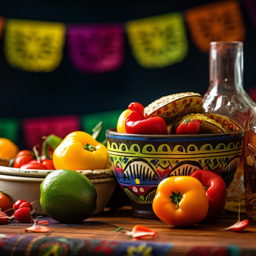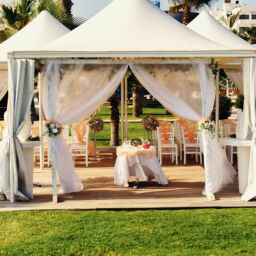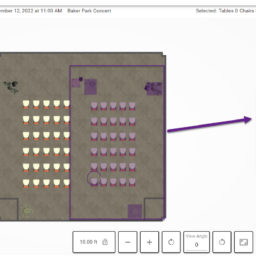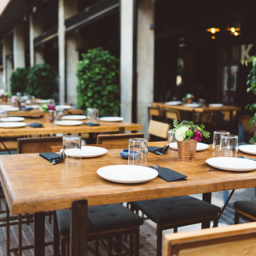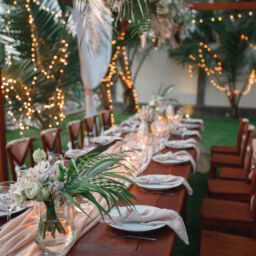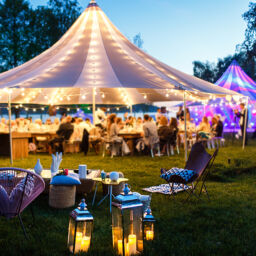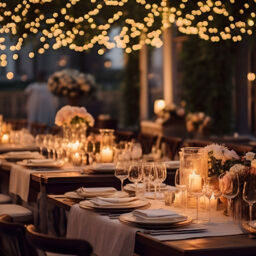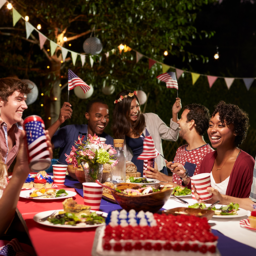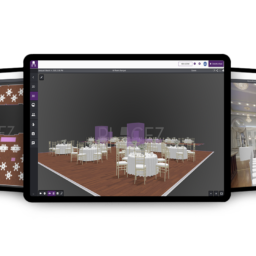Introduction
Few things test a guest’s patience more than waiting in line. Queues are a necessary part of large events—whether it’s a concert, conference, festival, or trade show—but they don’t have to be a frustrating experience.
Long wait times and poorly managed lines can lead to guest complaints, lower satisfaction, and even lost revenue. But with clever queue design, strategic distractions, and real-time layout optimization, event planners can turn waiting into a smoother, more enjoyable process.
By understanding the psychology behind queues, event planners can reduce perceived wait times, improve guest experience, and keep crowds flowing efficiently. Let’s explore the science of waiting and how to make it as painless as possible.
The Psychology Behind Queues & Waiting Times
People don’t just dislike waiting—they dislike how it makes them feel. A fair, engaging, and predictable wait is far more tolerable than one that feels random and frustrating.
1. Perceived vs. Actual Wait Time
✔ Guests often overestimate their waiting time, especially when they feel bored or unsure of progress.
✔ A 10-minute wait can feel like 20 minutes if there’s nothing to do while waiting.
✔ Keeping guests occupied or informed helps reduce the perception of a long wait.
2. Uncertainty Creates Frustration
✔ Not knowing how long a wait will be increases frustration.
✔ Clearly displayed estimated wait times can ease guest anxiety.
✔ Example: Disney theme parks use real-time queue updates to let guests know how long they’ll wait.
3. Fairness Matters
✔ People expect first-come, first-served fairness—cutting in line or unclear queue systems cause anger and resentment.
✔ If a VIP fast pass or priority access system is used, it must be clearly communicated to avoid frustration.
4. Unoccupied Time Feels Longer
✔ Time passes quicker when guests are entertained or engaged.
✔ Example: Airports use moving walkways in long corridors to make distances feel shorter, even if they don’t reduce actual travel time.
✔ The same concept applies to event queue design—keeping guests engaged reduces frustration.
Understanding these psychological factors allows event planners to redesign queues to feel shorter, fairer, and less frustrating.
Strategies to Minimize Queue Frustration
1. Optimize Layout & Guest Flow
✔ Design queues to be wide enough to prevent congestion.
✔ Use snake-like lines instead of multiple scattered lines to improve flow.
✔ Position entrances, exits, and high-traffic areas strategically to prevent bottlenecks.
✔ Example: Using Placez’s 3D event diagramming tools, planners can test queue placements in advance and adjust layouts in real time.
2. Keep Guests Occupied While Waiting
✔ Live entertainment – Performers, music, or digital screens with engaging content.
✔ Interactive elements – Trivia games, social media challenges, or sponsor promotions.
✔ Mobile ordering – Let guests order food, drinks, or merchandise while they wait.
✔ Example: A festival could display a digital “Fan Cam” on screens, showing guests in line to create excitement.
3. Use Clear Signage & Real-Time Updates
✔ Place “Wait Time” signs at key points so guests know what to expect.
✔ Use digital displays or mobile apps to provide live queue updates.
✔ Ensure clear signage for where lines start, move, and end.
✔ Example: A conference could use a QR code at entrance lines, allowing guests to check estimated wait times on their phones.
How to Design Queue Systems That Feel Faster
1. Single vs. Multiple Lines
✔ Single queue, multiple service points – Feels fair and efficient, preventing guests from choosing the “wrong” line.
✔ Multiple individual lines – Can work for specific attractions but may cause frustration if some lines move faster than others.
✔ Virtual queues – Guests check in, receive a wait time notification, and return when their spot is ready.
✔ Example: Theme parks use single-line systems with multiple cashiers, ensuring the next available register is always filled.
2. Virtual Queues & Timed Entry Systems
✔ Guests check in and wait elsewhere, avoiding the need to stand in line.
✔ Works well for food vendors, photo booths, or high-demand attractions.
✔ Timed entry prevents overcrowding and improves guest flow.
✔ Example: A trade show could allow VIP ticket holders to schedule entry times, reducing peak-hour congestion.
3. Priority Access & VIP Lanes
✔ Fast pass systems allow certain guests to skip long waits but must be reasonably implemented.
✔ Offer upgrades in advance so regular guests don’t feel they’re being cut in line.
✔ Ensure VIP lanes don’t disrupt the general queue experience.
✔ Example: A conference could offer pre-paid express check-in, allowing VIPs to bypass long registration lines.
Leveraging Technology to Improve Guest Flow
Technology is key to modern queue management. Event planners can use digital tools to prevent congestion, inform guests, and adjust layouts in real time.
1. Use Placez to Optimize Queue Layouts
✔ Test different line placements and flow designs before the event.
✔ Adjust entrances, exits, and pathways in real time.
✔ Ensure that high-traffic areas have enough space to prevent overcrowding.
2. Implement Mobile Check-Ins & Reservations
✔ Let guests reserve spots in a virtual queue instead of waiting in line.
✔ Use QR codes for ticketing and check-ins to speed up entry.
✔ Allow attendees to pre-order food, drinks, and merchandise to reduce congestion.
3. Monitor Crowd Flow with Real-Time Data
✔ Use heat maps and tracking tools to identify bottlenecks.
✔ Adjust staff placement and entry points based on real-time guest movement.
✔ Send notifications to guests about less crowded areas or alternative access points.
✔ Example: A festival could send alerts to guests via an event app, directing them to shorter entry lines.
Conclusion
Queues may be unavoidable, but frustration isn’t. By understanding the psychology of waiting, event planners can redesign queue systems to feel shorter, smoother, and more enjoyable.
✔ Use strategic layouts to improve guest flow.
✔ Keep guests entertained and informed while they wait.
✔ Implement virtual queues, priority passes, and mobile check-ins.
✔ Leverage technology like Placez to test and adjust real-time event layouts.
A well-managed queue isn’t just about reducing wait times—it’s about improving the overall guest experience. When lines feel fair, fast, and engaging, guests are happier, stay longer, and leave with a more favorable impression of the event.
Because at the end of the day, the best queue is the one guests barely notice. 🚀

